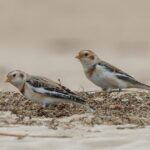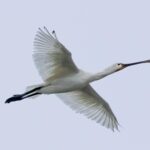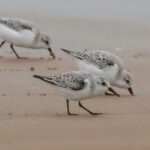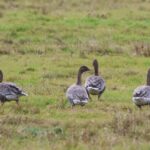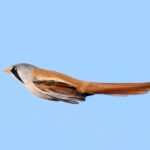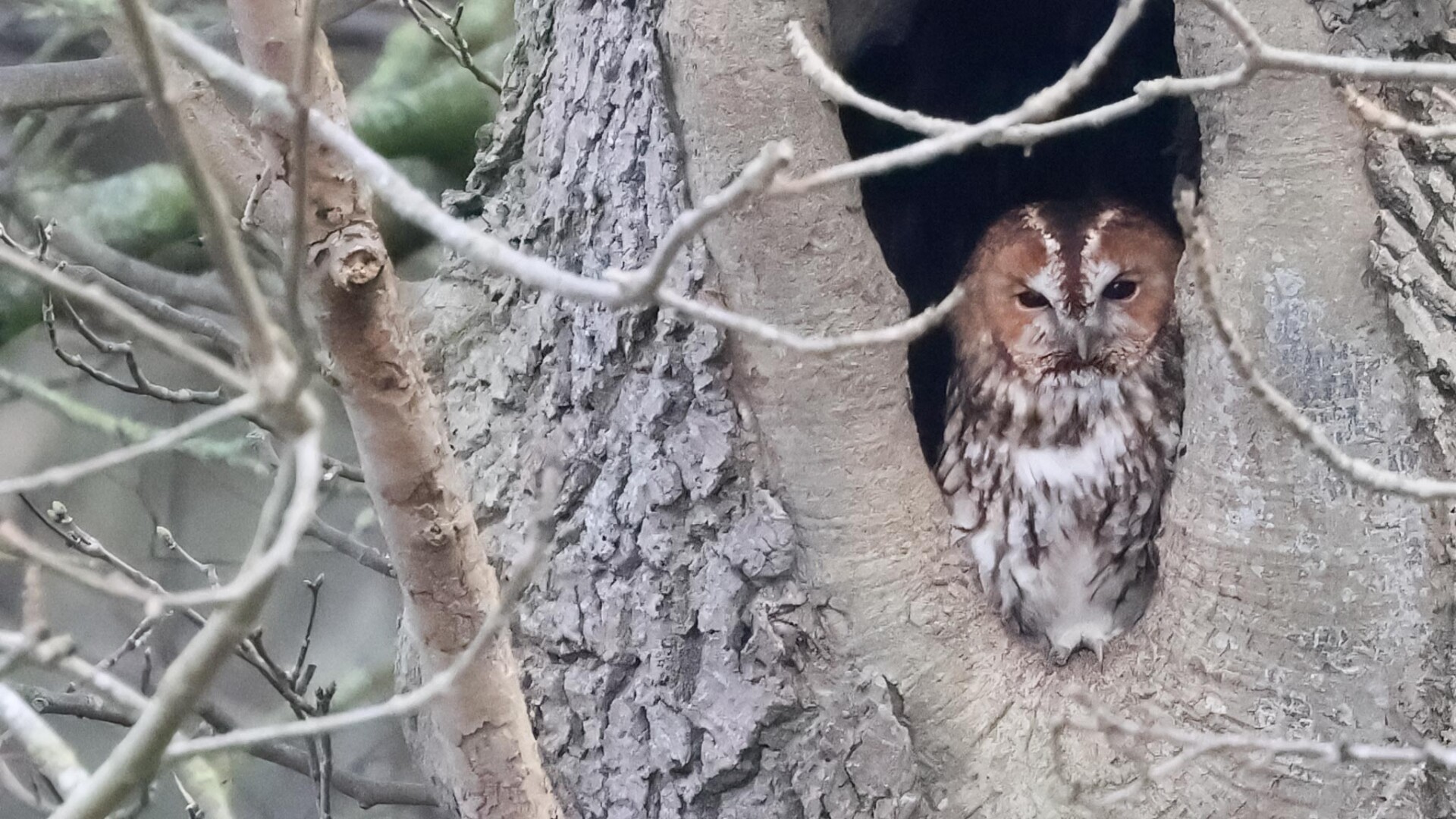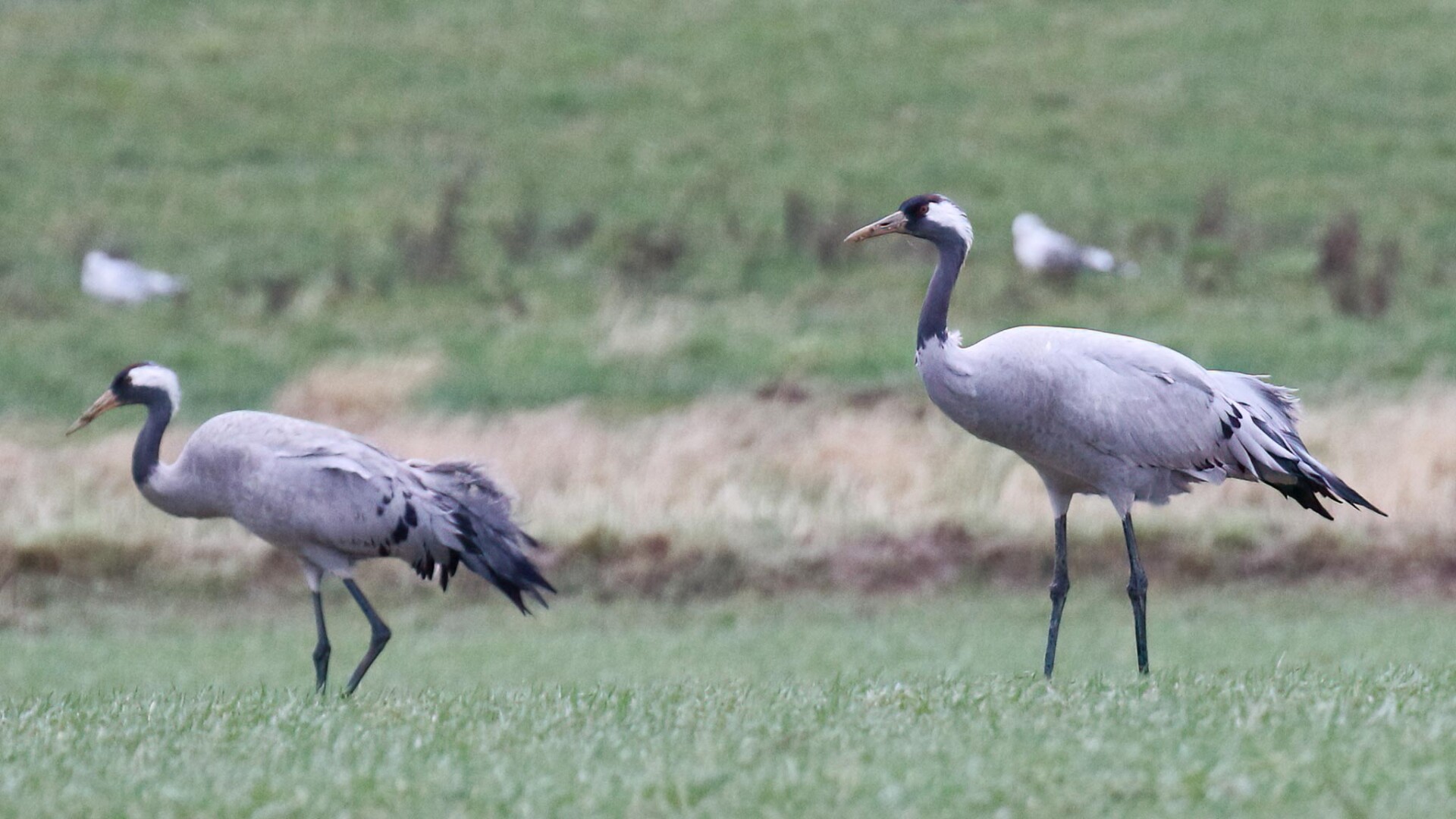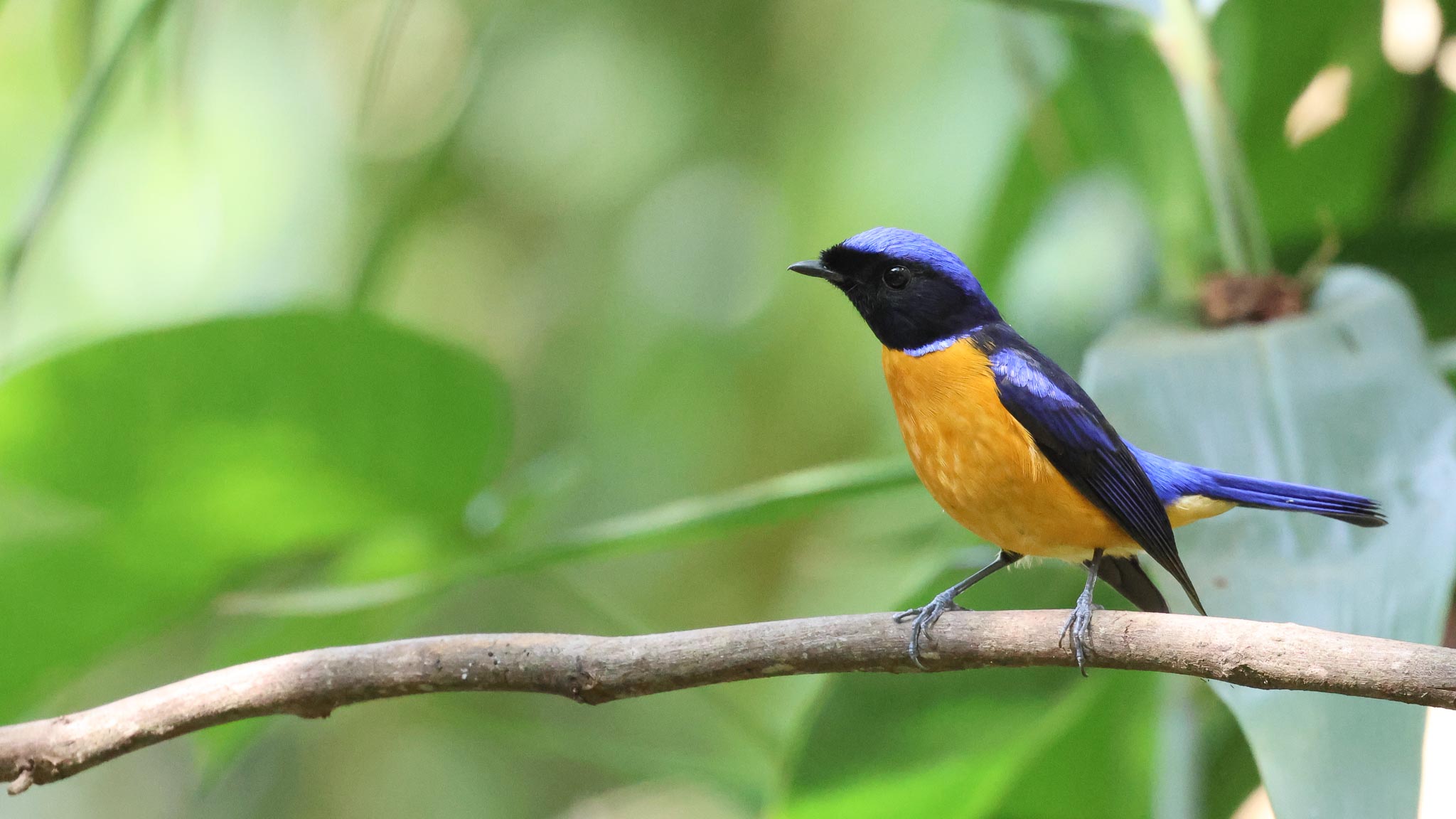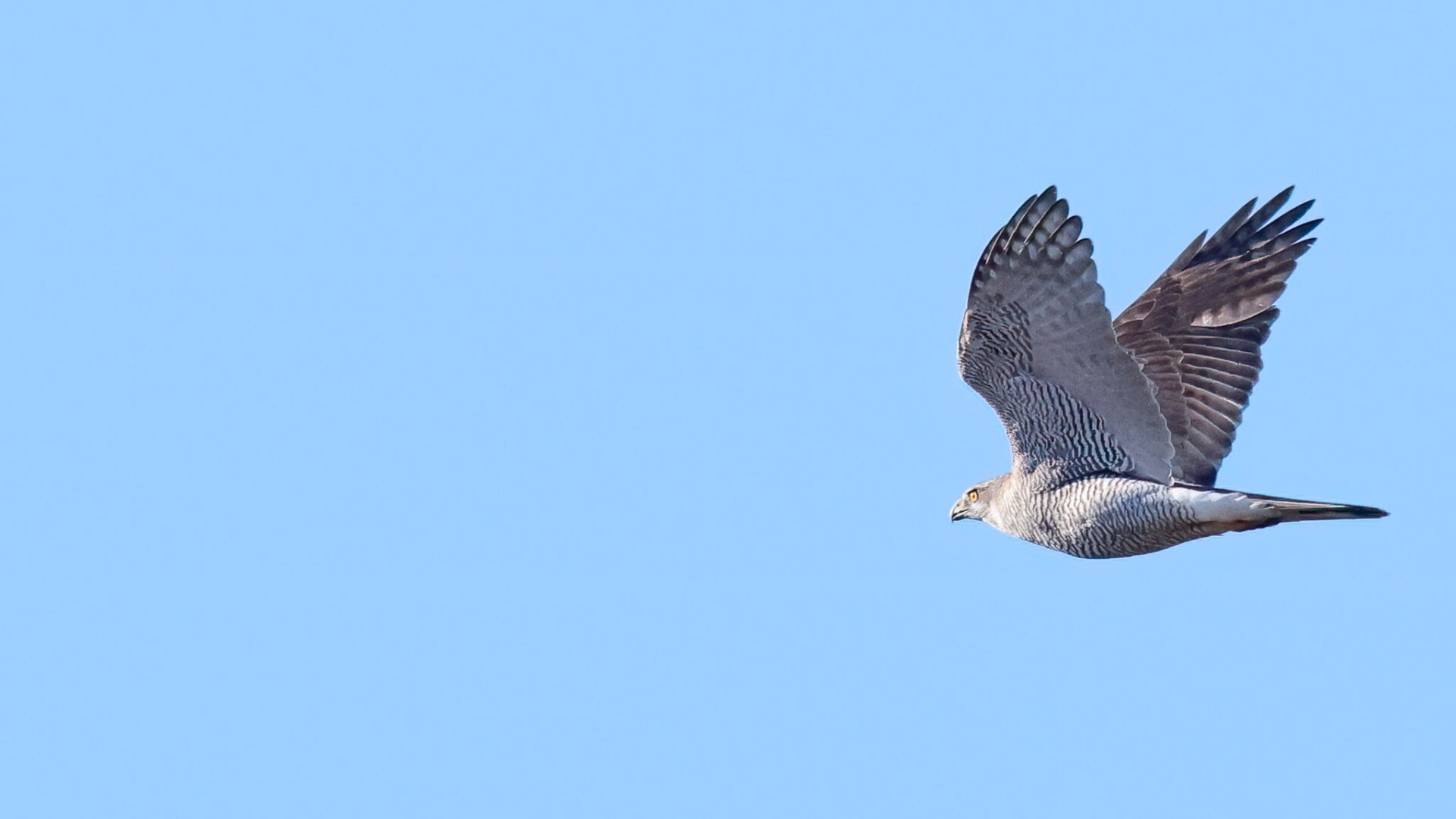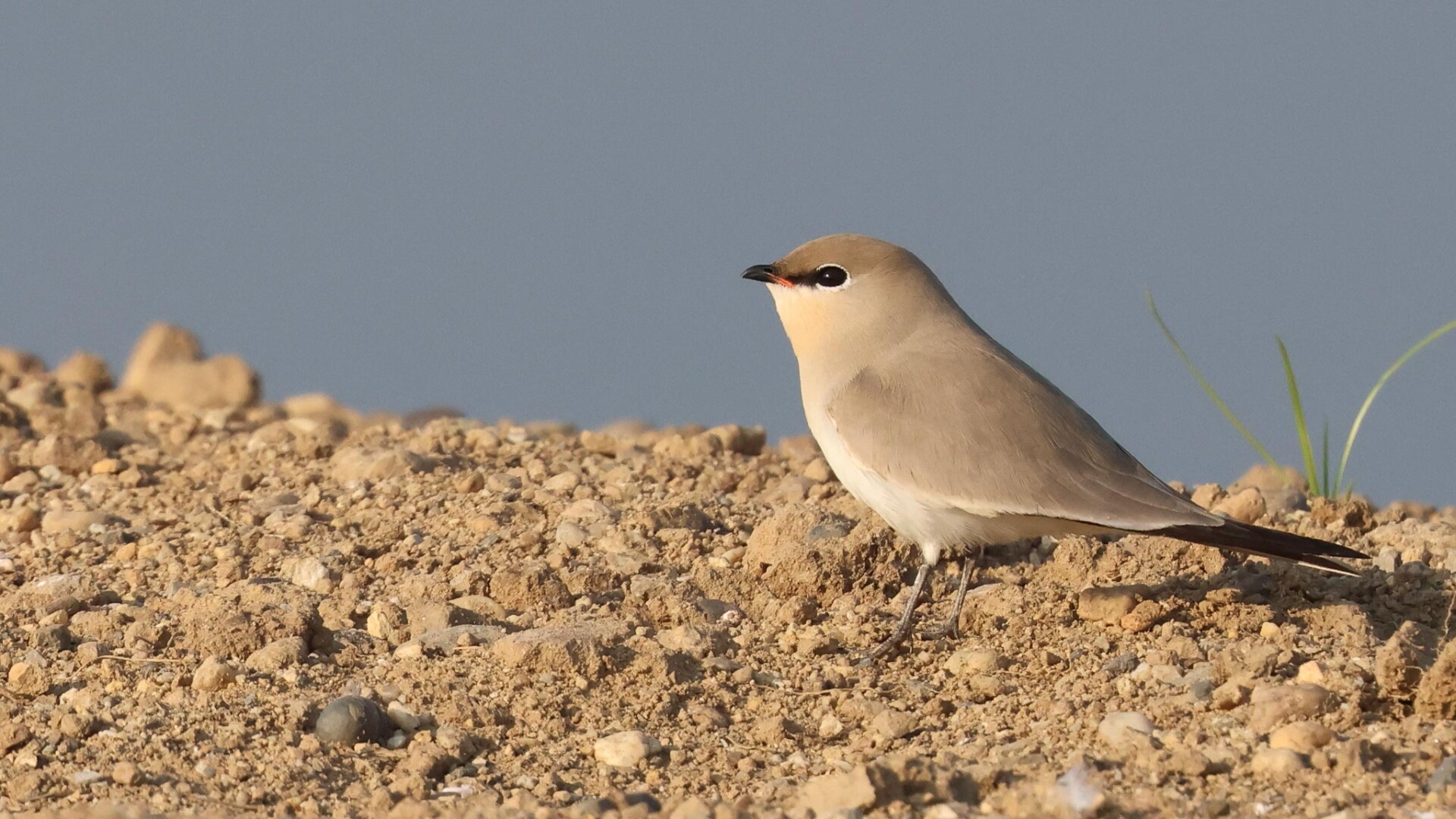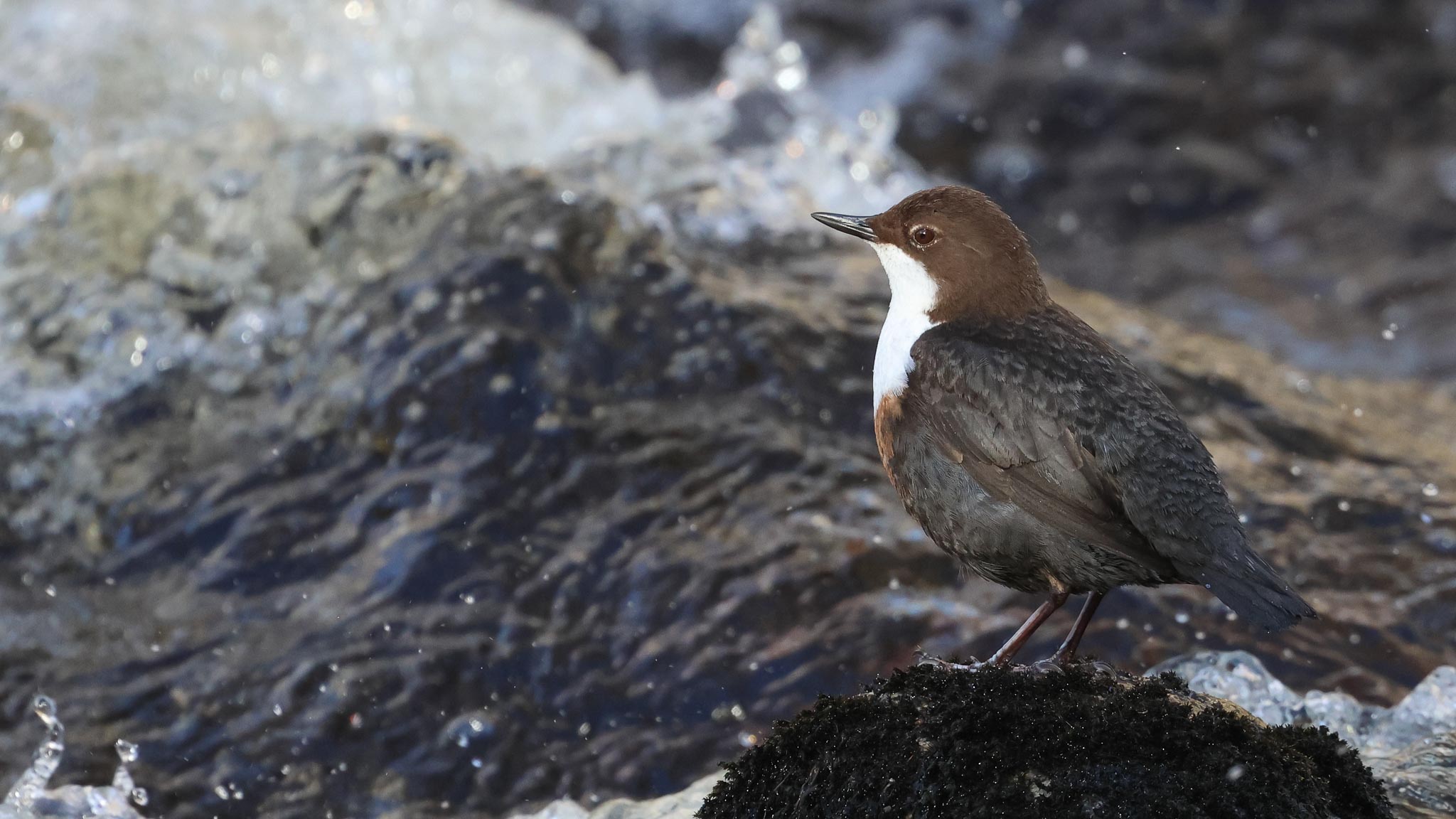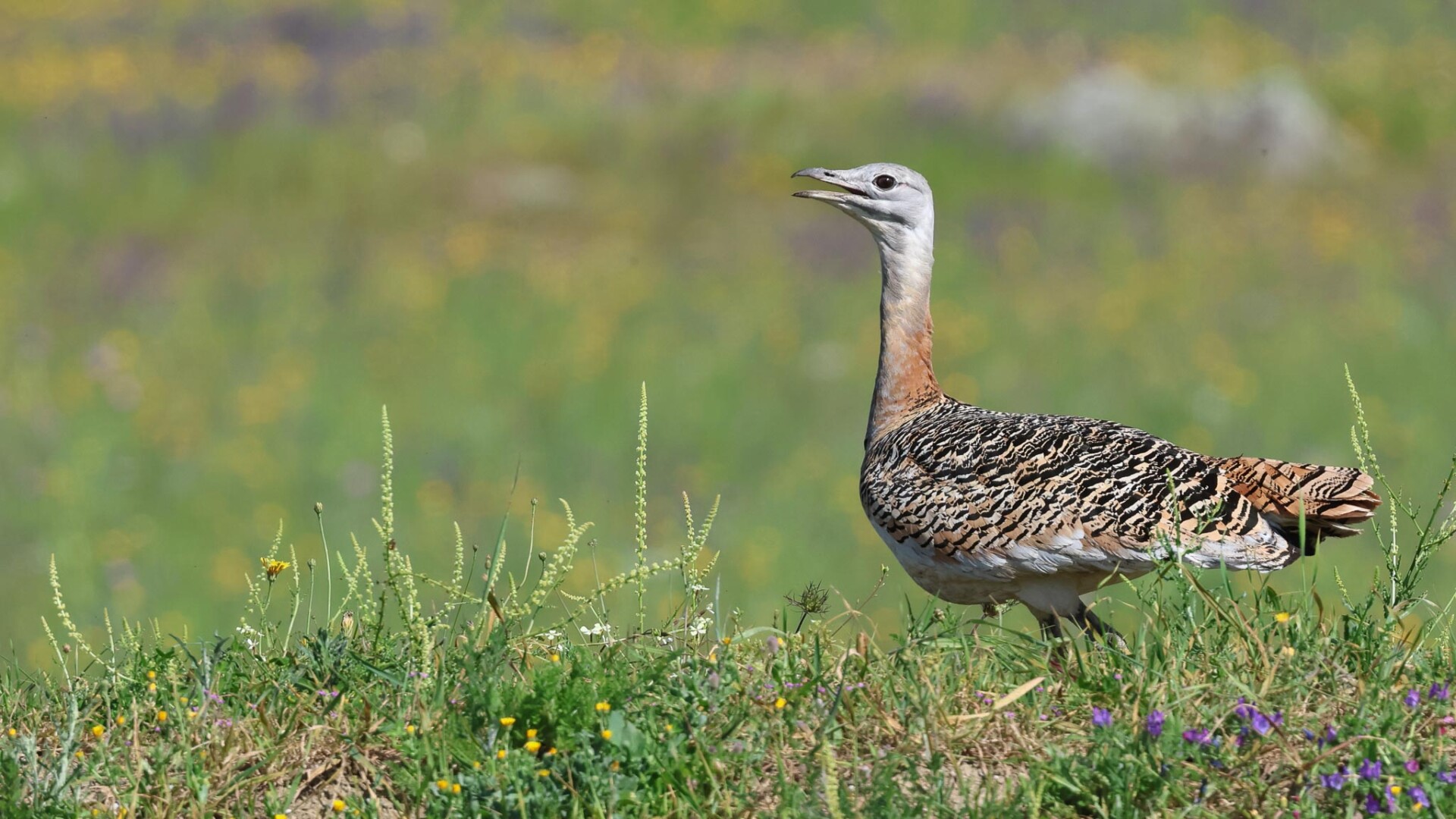A Private Tour today, on the North Norfolk coast. It was a bright, sunny morning, clouding over in the afternoon, with showers arriving later on.
Our first destination for the morning was Wells. There were already a few cars in the parking area, people looking for the Pacific Golden Plover. We had already had a message to say it was still present, but it had disappeared into the mass of birds on the island and was out of view. We set the scope up, and could see lots of Lapwings roosting in the grass, along with a few Black-tailed Godwits and Ruff.
There were loads of geese everywhere too, as well as on the island and in scattered around the pools, there were lots in the stubble field by the parking area. They were mainly Greylags, but in with them we found a few Canada Geese and some Egyptian Geese around the pools west of the track, which are rapidly drying out now. Someone shouted and we turned to see an adult Peregrine circling high over the fields behind us.
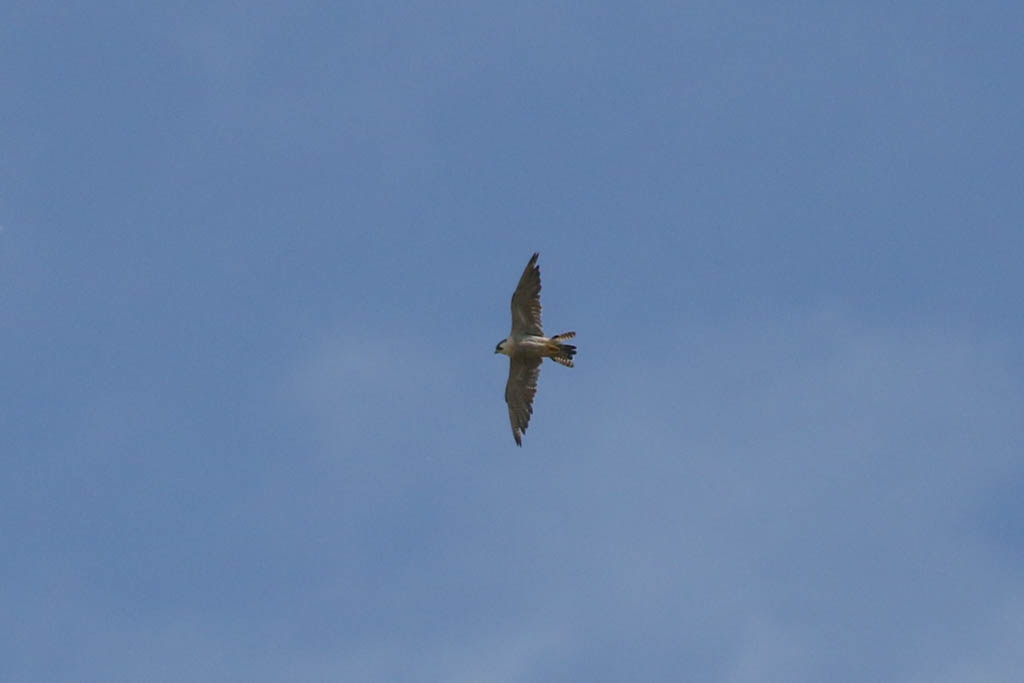
There was no sign of the Pacific Golden Plover reappearing, so we decided to walk down the track and keep an eye open to see if it came out again. There was a nice selection of waders around the pool east of the track, quite a few Common Snipe, more Ruff and Black-tailed Godwits.
A Marsh Harrier drifted back and forth over the bushes at the back of the pools and a Red Kite flew west over the fields back towards the road. Surprise of the day was a Goosander flying high west over the pools – an unusual time of the year to see one here, they are more common in autumn and winter.
Looking again at the island at the back, we spotted the head of the Pacific Golden Plover as it appeared out of the grass. We trained the scope on it, and eventually all managed to get a look at the bird. It is moulting slowly now and the black face and neck are speckled with white. Not the best views, but it was good that we were able to catch up with it at all, given how elusive it has been at times here.
A little further on along the track, we stopped again. A Greenshank was standing in the grass in the furthest corner of the pool nearest the track, preening. We got the scope on it before it took off and flew straight past us. It dropped down onto the pool the other side, out of view behind all the vegetation, but after a couple of minutes it reappeared again back where it had just been. A single Green Sandpiper was feeding in the same corner.
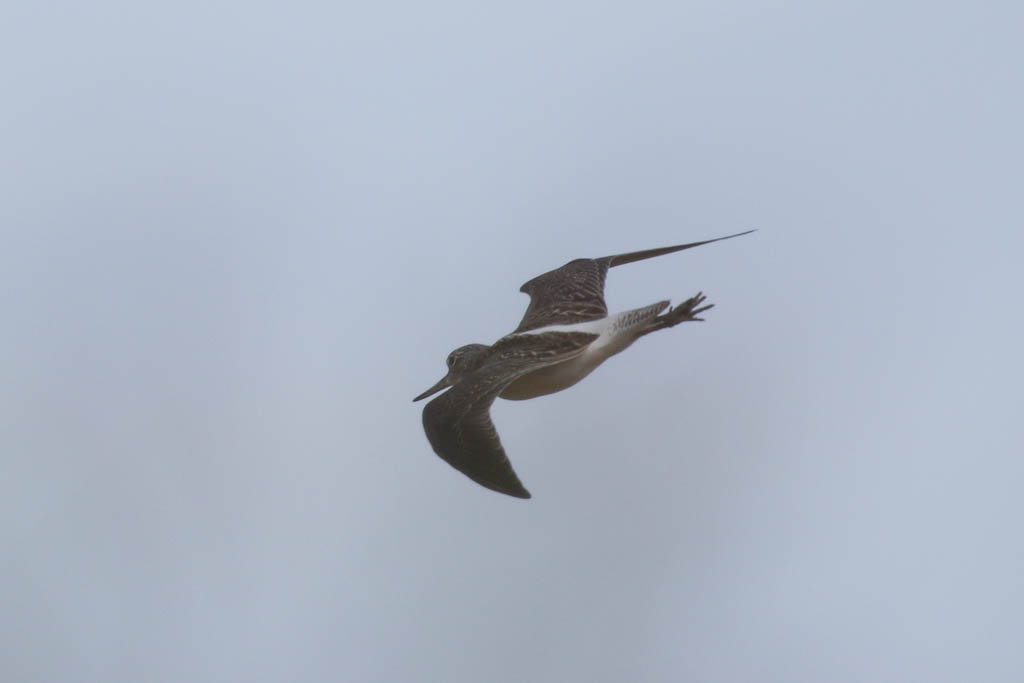
As we walked back to the minibus, there were lots of insects in the brambles by the track. Butterflies included lots of Gatekeepers and some very faded Meadow Browns, plus a Small White and a brief Wall which flew off the wrong way down the track before we could get a good look at it. We flushed a Ruddy Darter dragonfly and a Blue-tailed Damselfly from the grass by the path too as we walked along.
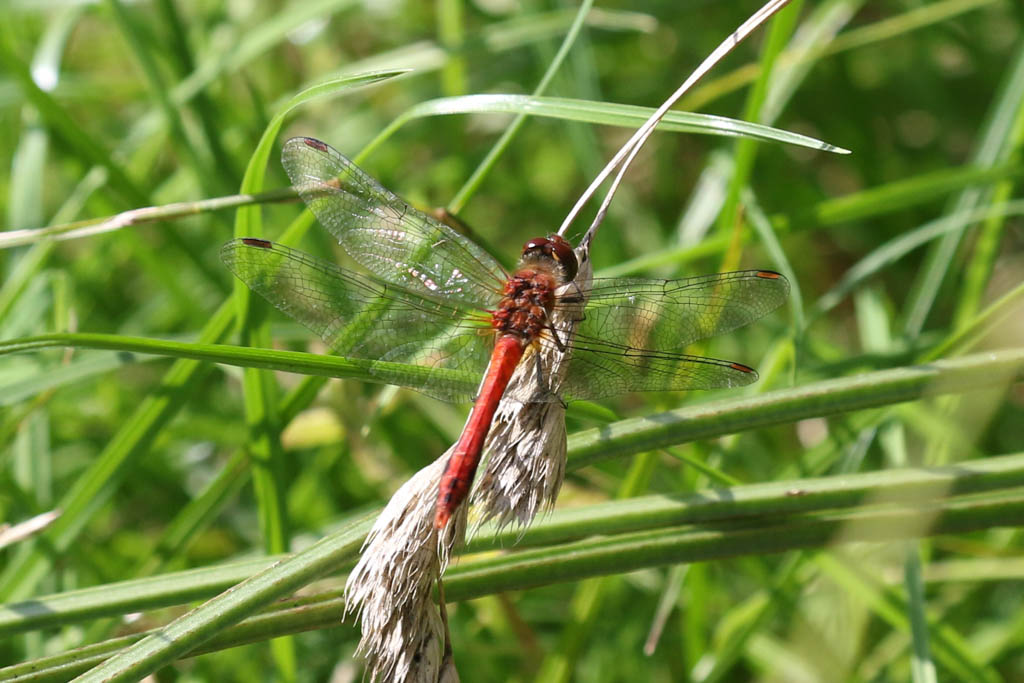
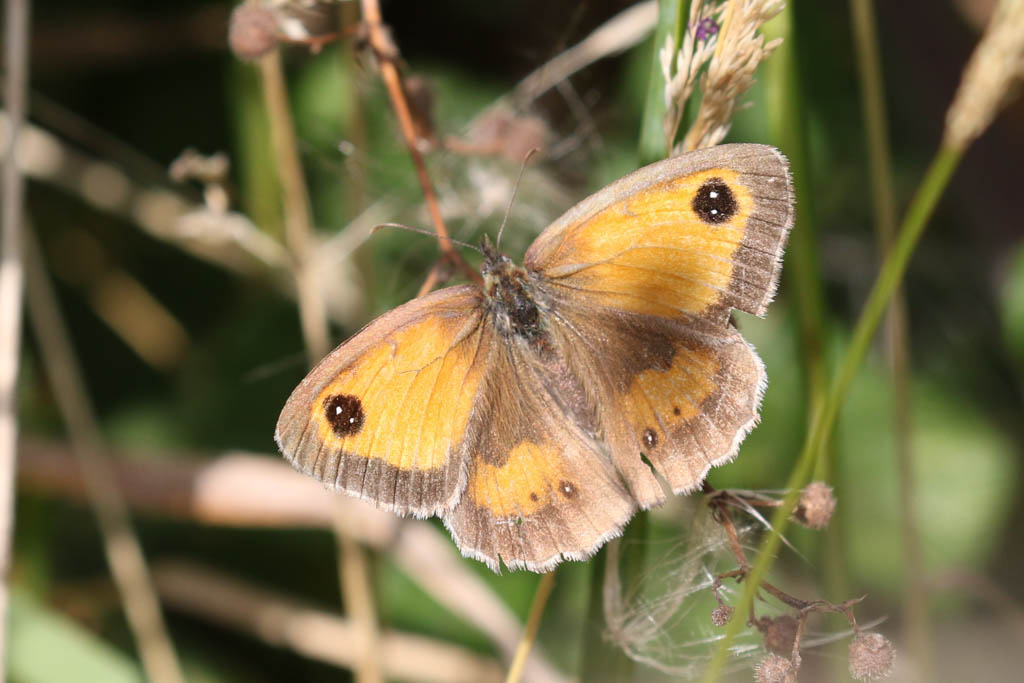
Making our way east along the coast road, we stopped at Stiffkey next. A Common Buzzard circled up lazily over the trees inland and a female Common Darter was sheltering between the hedges along the permissive path by the road. Down by the river, there were one or two Southern Hawkers and Migrants Hawkers around the trees. A Red Admiral perched obligingly on the hemp agrimony flowers.
The vegetation is so tall along here now that it is next to impossible to see the Fen from the path. We could just make our a mass of white shapes on the island, looking through the tops of the waving reeds, Spoonbills. We continued on towards the seawall for a better view. A flock of Long-tailed Tits and Blue Tits appeared out of the sallows by the river. A couple of Bullfinches flicked across the path ahead of us.
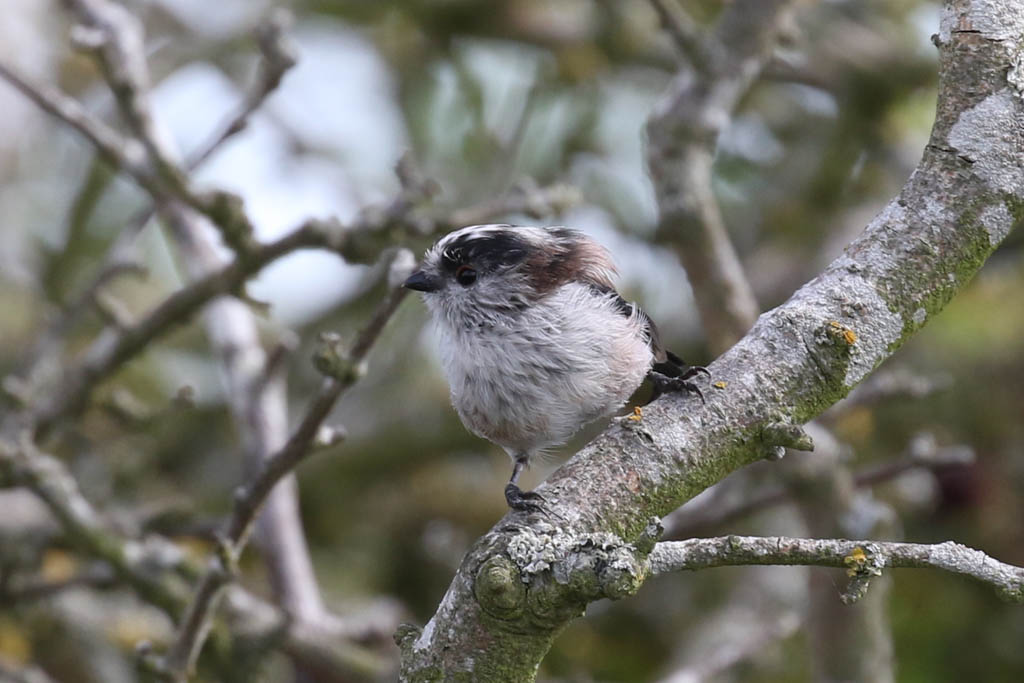
From up on the seawall, we had a much better view. We could see the Spoonbills clearly now. They were mostly asleep and quite tightly packed, which always makes it difficult to count them accurately, but there were at least 50 today. There were a few sleeping Little Egrets scattered in amongst them, just to confuse matters further.
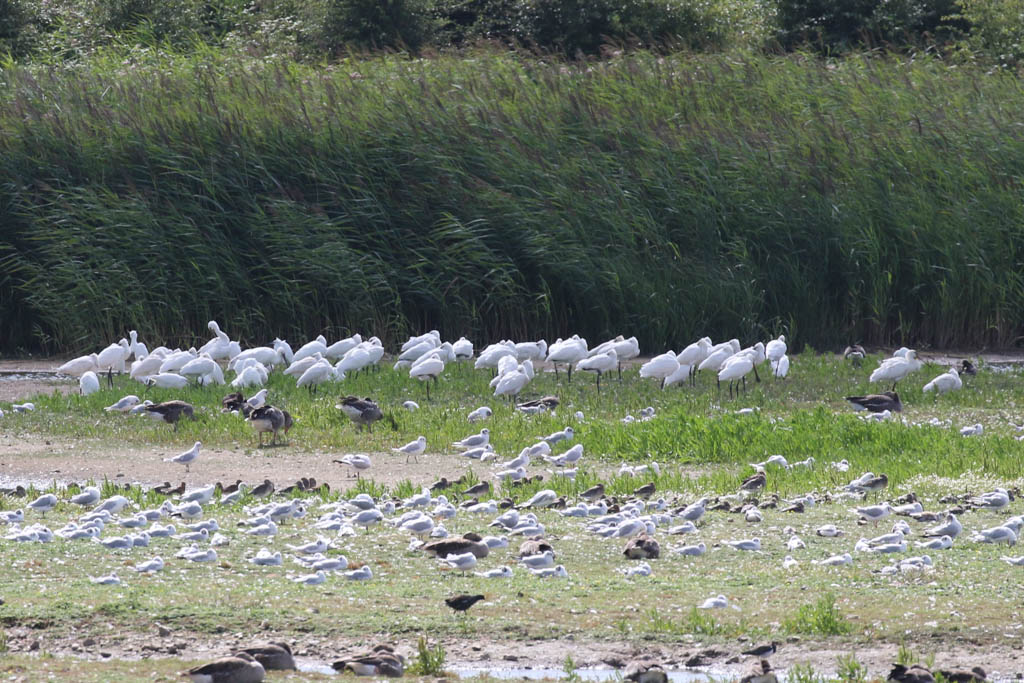
It was high tide out in the harbour, which is why there were lots of birds roosting on the Fen. As well as all the Spoonbills, there were loads of Black-tailed Godwits asleep in the grass. We only counted three Greenshanks today, but it is possible there were more out of view behind the reeds, and a line of Common Redshanks were roosting in the shallow water too. A single Spotted Redshank was feeding actively, in and out of the reeds in the far corner, a dusky grey juvenile. There were a couple of Green Sandpipers on here too. A Cetti’s Warbler, possibly a young bird practicing, was chattering down in the reeds.
Looking out over the harbour, we could see the seals out on the end of Blakeney Point. It was a big tide today, so there were not many other birds left out here now – a few Oystercatchers and Curlew flying around, plus some distant Sandwich Terns out over the Point.
As we made our way back along the path by the river, a Kingfisher flashed across the pool by the path and disappeared into the trees.
We continued on along the coast to Cley and stopped for lunch on the picnic tables at the Visitor Centre. It was still nice and sunny and we watched as a couple of juvenile Marsh Harriers drifted back and forth over the reedbed. After lunch, we made our way out to the hides.
There were lots of waders on Pat’s Pool. One of the first we set eyes on was a smart Spotted Redshank, still largely in its black breeding plumage. There were a couple of Greenshanks feeding along the edge of the reeds, along with a Green Sandpiper.
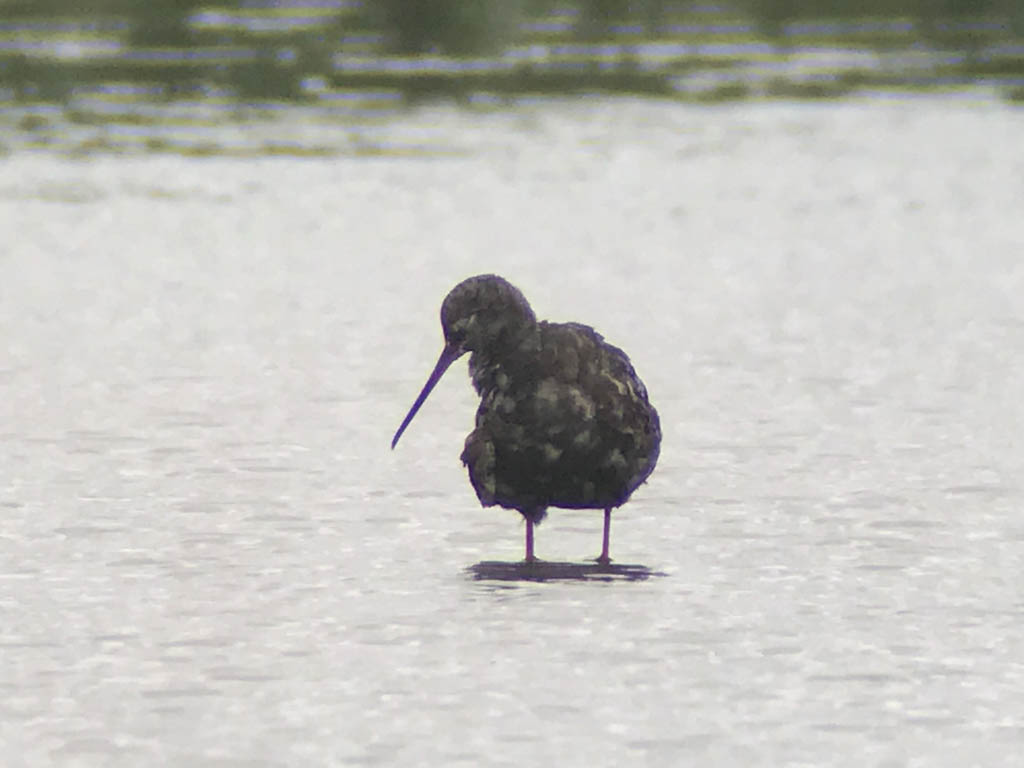
There were lots of Ruff and Black-tailed Godwits on here too. Looking through the Godwits, we picked out one with a selection of colour rings on its legs. A pale green ring with a black ‘E’ on it confirmed it as one of the tiny population of Continental Black-tailed Godwits which breed on the Ouse Washes. We got the scope on it before it disappeared behind the reeds.
There had been a Garganey reported on here earlier and we eventually found it right over the back. It was feeding, swimming round with its head mostly under the water, but when it lifted its head up we could see the white spot at the base of its bill. We heard a quick burst of Bearded Tits pinging from the reedy channel which runs out away from the hide, but unfortunately they didn’t show themselves.
There are very good numbers of Common Snipe around the reserve at the moment, birds returning from their breeding grounds on the Continent. We had very good views of some from Avocet Hide, feeding in the shallow water at the front of Whitwell Scrape. Dauke’s Hide is closed at the moment, to avoid disturbing the nesting swallows, but we scanned Simmond’s Scrape from Avocet Hide instead. As well as lots of Lapwing and more Common Snipe, we found a juvenile Little Ringed Plover on the muddy edge of one of the islands.
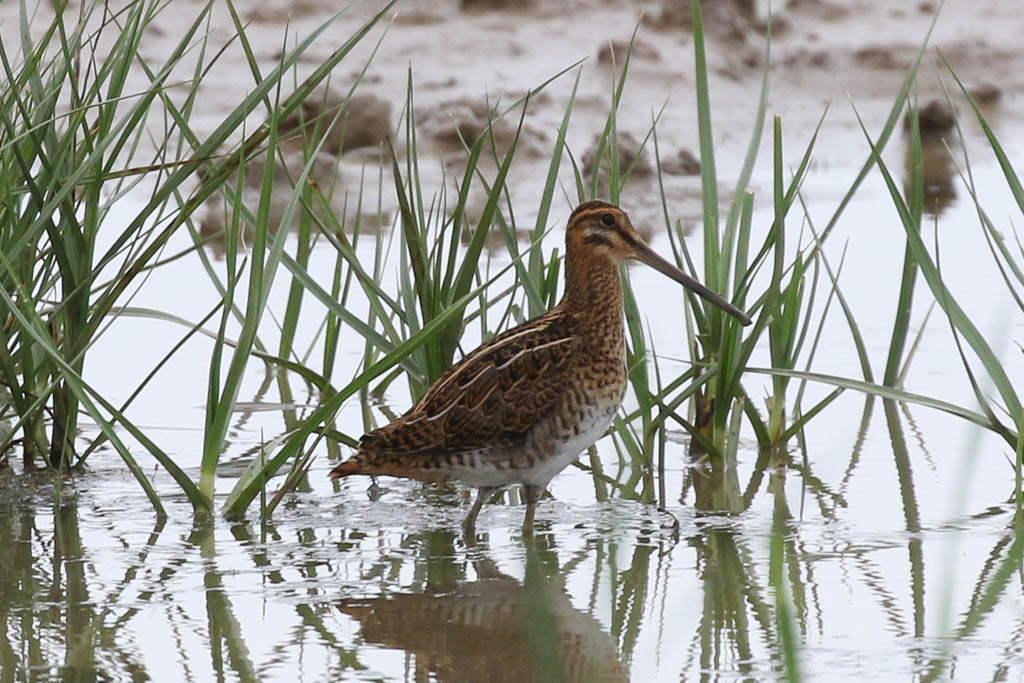
Several Marsh Harriers were constantly drifting around the edges of the reeds, cautiously avoiding flying out over the middle of the scrapes and flushing everything. Two juveniles dropped down into the grass at the back of Simmond’s Scrape, where we got them in the scope. We could see their tawny heads contrasting with their dark chocolate brown body feathers.
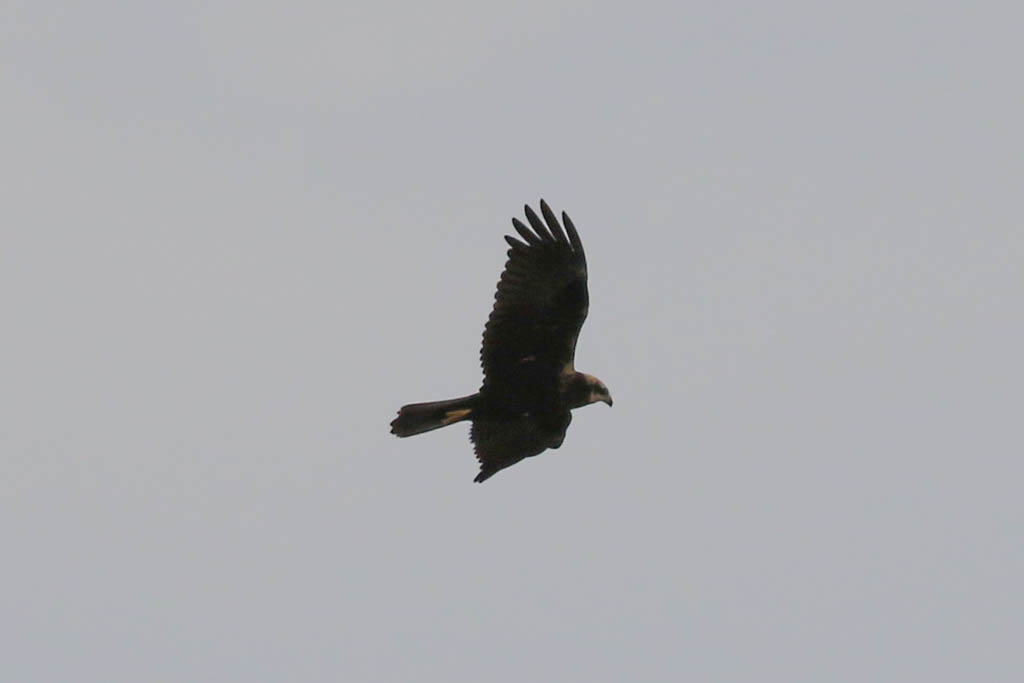
It had clouded over a bit this afternoon, but it was still bright as we made our way back towards the Visitor Centre. A darker shower cloud passed to the south of us. We stopped to watch a couple of Reed Warblers in the reeds from the bridge over the catchwater drain. A Red Admiral was warming itself in one of the logs in the car park.
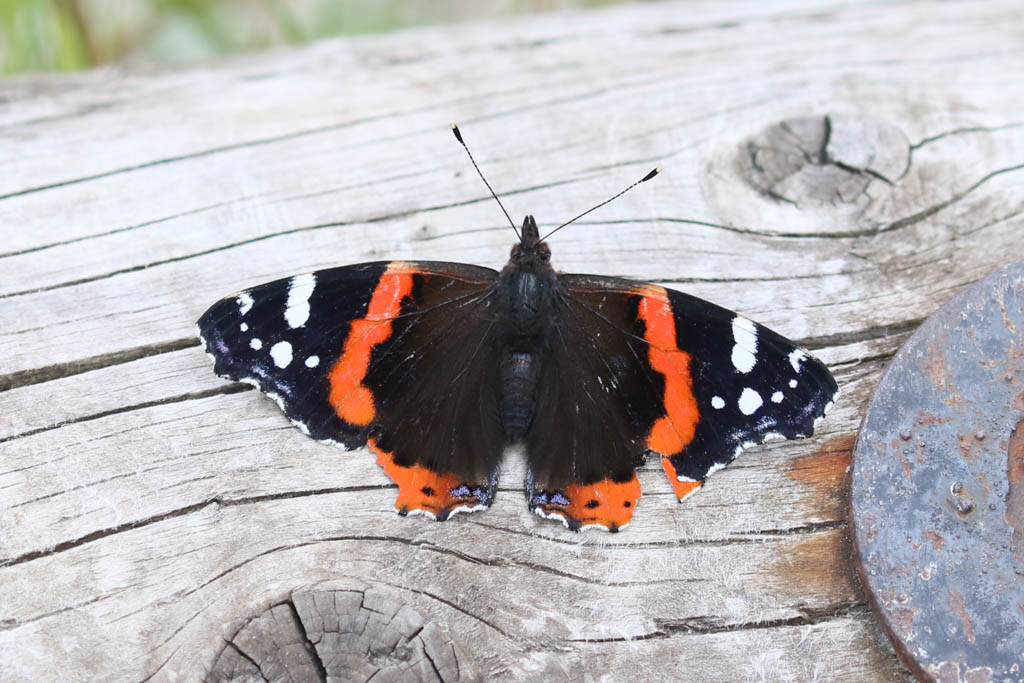
We drove along to Walsey Hills to go for a walk along the East Bank to end the day. But as we got out of the minibus we could see some dark clouds to the west which looked like they might head our way this time. We hoped we might get a walk in ahead of their arrival, so we set off anyway.
Several Reed Warblers flitted in and out of the reeds around Don’s Pool and a couple more were feeding in the flowers on the bank along with a Sedge Warbler. A little further up, a family of Reed Buntings were flitting between the reeds and the vegetation on the bank too.
We stopped to scan the Serpentine. There were more waders on here, Black-tailed Godwits, Ruff, more Common Snipe. At the far end, we found a Wood Sandpiper feeding in the shallow water – through the scope, we could see its spangled upperparts and more obvious supercilium than the Green Sandpipers we had been watching earlier. A single Common Sandpiper was along the muddy edge nearby, sporting its obvious white spur between breast and wing.
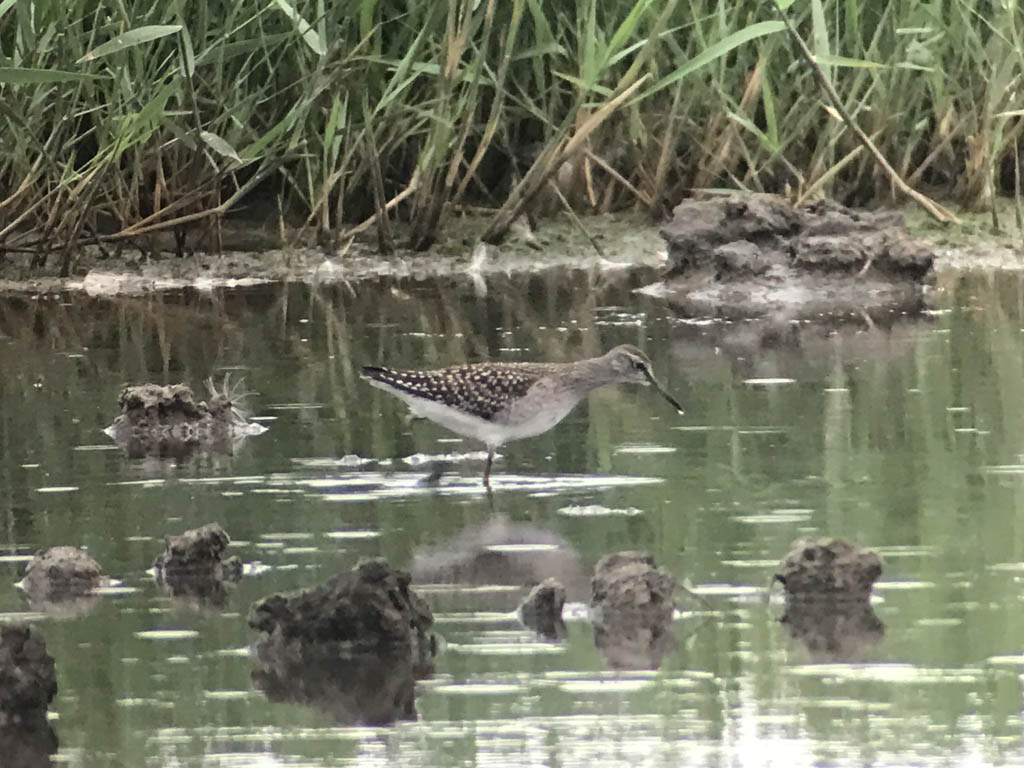
There were lots of Sandwich Terns on Arnold’s Marsh, which kept flying round calling noisily. We had been planning on heading that way to see what else was on there, but the dark clouds had crept up on us and it was looking very wet away to the south-west. It started to spit with rain, so we decided it was better to stay dry and call it a day.
The rain largely held off as we made our way back along the East Bank. A family of Mute Swans was now out on Don’s Pool. An adult Little Grebe was busy feeding two stripy-headed juveniles out in the middle of Snipe’s Marsh, but another adult on the edge of the reeds further back swam after and attacked another juvenile – presumably more than one family were present here. The other juvenile swam away out of reach.
The rain had stopped again and we were just starting to think we might have walked back too soon, but while we were packing up it started again much heavier. It had been a good day out, and we had got back just in time.
